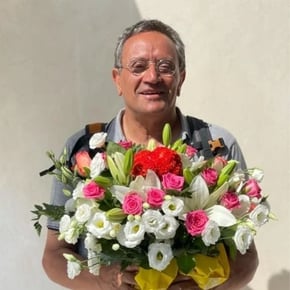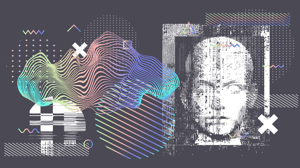The history of inventions, including that of artistic creations, is dotted with logical research and chance; discoveries sometimes made while having a coffee, a glass of wine, a whiskey, or a coke in a bar.
It’s well known that some important discoveries were made by chance, although as part of experimental research and knowledge, like Penicillin, discovered in 1928 by Alexander Fleming, who saw that a forgotten culture dish on a stove was contaminated by a mould that prevented bacterial growth.
Making discoveries by pure chance is called serendipity, and even the arts are dotted with chance creations, while others are the result of research and planning. However, it is common sense that art is more closely associated with creation and science with invention, although in certain cases - like that of Leonardo da Vinci - the boundary is very, very blurry and often does not exist.
Digital aesthetics: a scientific art
I would like to start from these reflections to discuss the world of digital aesthetics. This is a world where artistry and aesthetics are created with the help of intelligent machines. These are various kinds of computers, which often use converted and/or specially designed applications like algorithms, especially GANs (Generative Adversarial Networks) devised in 2014 by a young student called Ian Goodfellow after a night in the pub with four of his mates. Given the results that this discovery has achieved and continues to achieve, a name was never more appropriate – so much so that we can all join in with the celebratory song,
For he’s a jolly good fellow
For he’s a jolly good fellow
For he’s a jolly good fellow
And so say all of us!
Which nobody can deny!
Art and science have always influenced one another
But, what is contested about artists who produce digital works is the old story that a machine cannot create works of art, and that scientists (or engineers as digital artists often are) are not the best people to create artworks.
However, this was not the case for Leonardo da Vinci. He was a real ‘jolly good fellow’ for whom no distinction is made between his designs for art and those for various machines, as they are all considered works of art.
The case of Leonardo, whom the online encyclopaedia Wikipedia calls an “Italian scientist, inventor and artist” (in that order) is the most striking, but we could list others who created works of art that originated with considerations or mathematical studies, etc.
This was the case in the past, especially with works of art that that use perspective studies, including works like the Ideal Cities of Baltimore, Berlin or Urbino, thus-named by the places where they are housed – the museums in each of these cities. These are places of invention, non-existent space-time utopias that today we would call virtual, created by combining ancient and modern architecture in the symbolic space-time of perspective.
These ‘non-places’ are ideally destined to come to life, and are therefore prospective sites of the future, a place imagined as a suggestion for an alternative life yet to be lived. In short, a kind of Metaverse of times past. These works, whose authorship is still debated, include those by architects Leon Battista Alberti, Francesco di Giorgio Martini and painter Piero della Francesca, who naturally employed perspective in different ways.
Digital art, a combination of rules and chance
If we return to digital art today, we discover that rule and chance are central to creating artworks and that algorithms function, or are made to function, by binding the two together.
One non-digital artist who also works with rule and chance is Damien Hirst with his 'Dot paintings' (made by painting regular circles on canvas) and 'Spin paintings', (circular paintings made by the random pouring of a rotating machine that spreads colour) - the artistic merit and authorship of which are not disputed.
And this is where GAN machine learning systems based on adversarial processing come in once more. If, for example, thousands of photos of faces are entered, the machine memorises them, but also works against them (as an adversary) creating new ones, as 'different copies'. The machine then adds some of its own, producing images that may or may not be considered works of art.
This initial phase is now joined by more advanced systems like Midjourney, or DALL-E, which generate images from one or more words that we can enter by searching for them online and processing them into new images - the former more pictorial, the latter more photographic.
The question remains who considers them works of art?
In modern and especially contemporary art (as it has been known up to now) the so-called art world with its critics, curators, gallery owners, museum directors, collectors and auction houses decides what is art, or who is an artist, but digital art is challenging all this, as it reaches a much wider public/world.
Therefore art is moving towards a far more open frame of reference and decision-making that today’s art world cannot continue to ignore, otherwise art will die due to lack of innovation and renewal (casual or otherwise), and then we can no longer sing along victoriously with:
"For he’s a jolly good fellow
And so say all of us!"

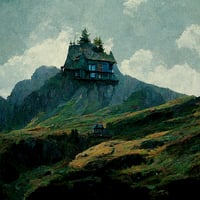
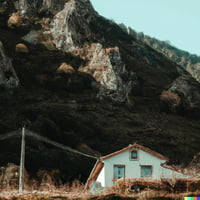
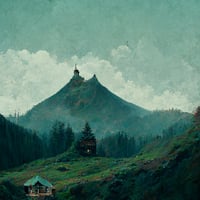
A cura di Giacinto Di Pietrantonio
